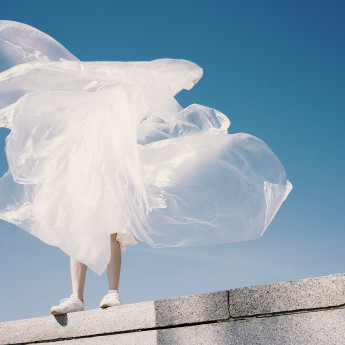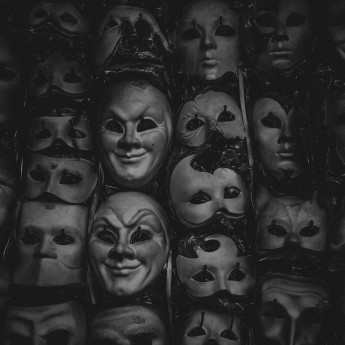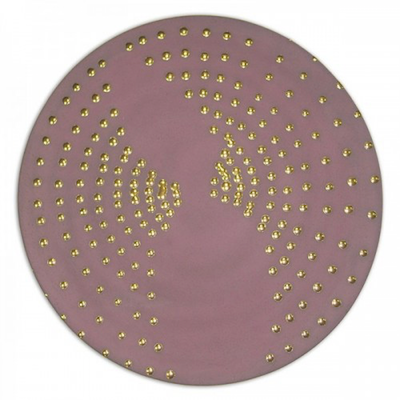
Details
Artist
Styles
Screen print, signed by hand // Otto Piene’s Seuloeil blau/schwarzes Auge from 1991 is a compelling screen print that centers on an abstracted, surreal depiction of an eye. The artwork primarily uses black and white tones, with a striking bright blue iris at its focal point, creating an intense contrast. The form is simplified, with shadows and soft gradients giving the eye an ethereal, almost otherworldly appearance. This minimalist approach amplifies the gaze, making it feel both inviting and enigmatic. Piene’s work often explores light and space, and in this piece, the vibrant blue draws the viewer’s attention inward, evoking a sense of introspection and mystery.
Seuloeil blau/schwarzes Auge, 1991
form
Medium
Size
120 x 80 cm
- Inches
- Centimeters
Edition
Price
- USD
- EUR
- GBP
Details
Artist
Styles
Screen print, signed by hand // Otto Piene’s Seuloeil blau/schwarzes Auge from 1991 is a compelling screen print that centers on an abstracted, surreal depiction of an eye. The artwork primarily uses black and white tones, with a striking bright blue iris at its focal point, creating an intense contrast. The form is simplified, with shadows and soft gradients giving the eye an ethereal, almost otherworldly appearance. This minimalist approach amplifies the gaze, making it feel both inviting and enigmatic. Piene’s work often explores light and space, and in this piece, the vibrant blue draws the viewer’s attention inward, evoking a sense of introspection and mystery.
- Recently Added
- Price (low-high )
- Price (high-low )
- Year (low-high )
- Year (high-low )
What is the Zero Movement?
ZERO was an art movement founded by Otto Piene and Heinz Mack, aiming to develop into a large international and cross-border movement. The name ZERO originated from a magazine founded by Heinz Mack in 1957, which became a platform for the group's ideas. The magazine was published for several years before ceasing in 1967. The ZERO movement sought to create a new beginning in art, emphasizing light, space, and movement, and became influential in post-war European art.



















